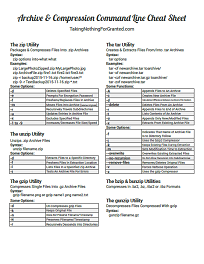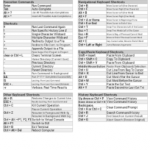 There are many network-related tasks that you may find yourself needing to perform over the course of time.
There are many network-related tasks that you may find yourself needing to perform over the course of time.
From configuring your network settings so that you can access the network, to pinging a server to see if it’s up — or maybe it’s you that’s down! — it’s all possible from the Linux command line.
To that end, this series is all about network-related Linux commands.

 If backing up data is not already a part of your (daily/weekly/hourly) routine, it should be.
If backing up data is not already a part of your (daily/weekly/hourly) routine, it should be. When a new file system (ie. removable media device) is introduced in Windows, it is automatically mounted and assigned a drive letter, from which it is accessible until it is removed. Microsoft has us spoiled.
When a new file system (ie. removable media device) is introduced in Windows, it is automatically mounted and assigned a drive letter, from which it is accessible until it is removed. Microsoft has us spoiled. There are three ways to find out about your computer hardware.
There are three ways to find out about your computer hardware. One common problem that I have – and so of course I automatically assume that everyone else has the same problem – is the inability to remember various commands and options when I need them.
One common problem that I have – and so of course I automatically assume that everyone else has the same problem – is the inability to remember various commands and options when I need them.
 In the
In the  Linux is a multi-user operating system.
Linux is a multi-user operating system. You had to know it was coming. What’s a shortcut without a cheat sheet full of them?
You had to know it was coming. What’s a shortcut without a cheat sheet full of them?